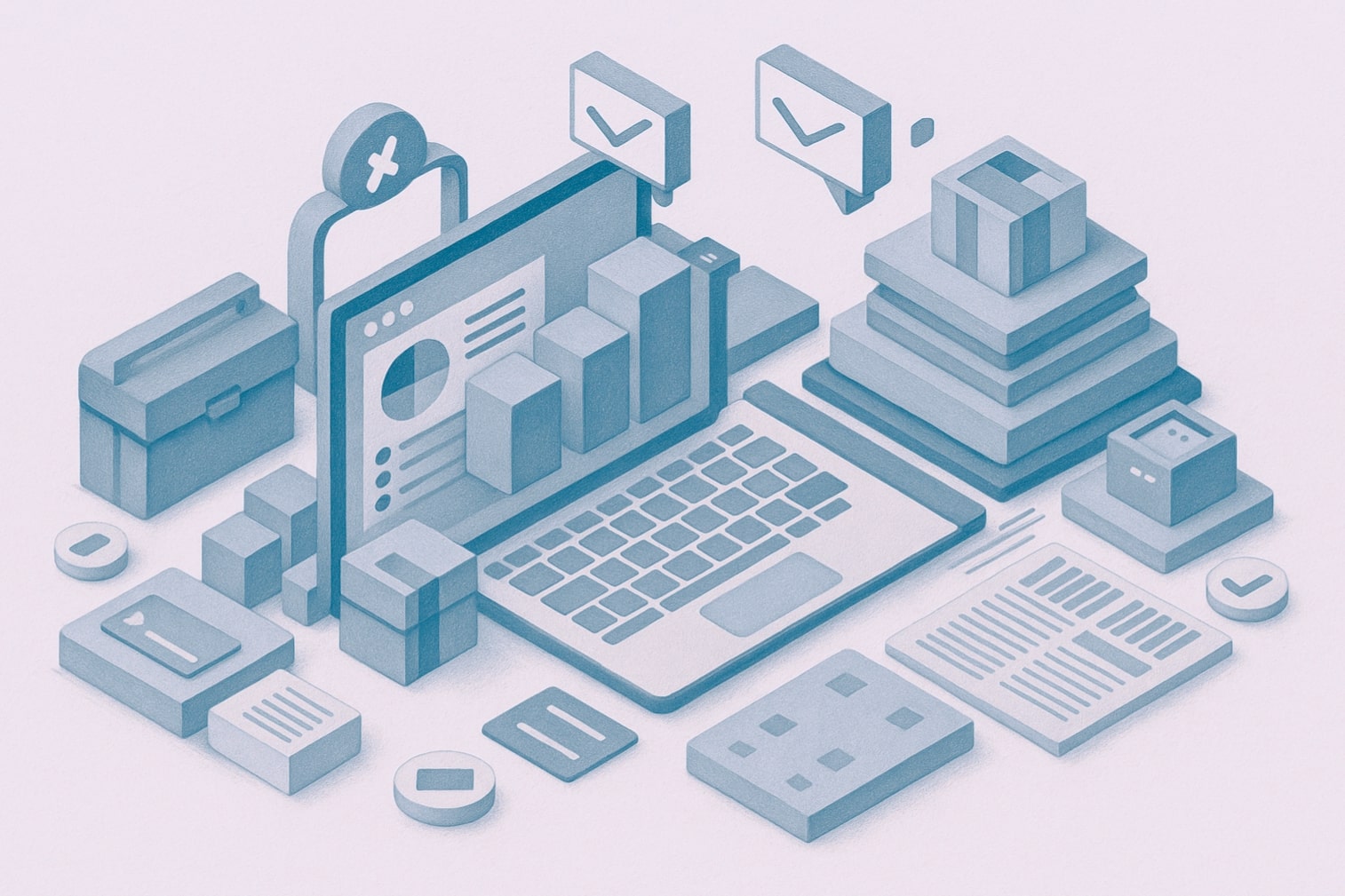
Selling a Software Company: How to Achieve Your Ideal Exit in 5 Steps
In this guide, we break down 5 key steps to selling your software company, maximizing its sale price, and achieving your ideal exit.
Intangible assets are “assets, other than a financial asset, that lack physical substance.” They are a critical consideration when valuing a company for conversion or sale, determining damages in an infringement case, negotiating a property settlement, and quantifying a charitable donation. Despite their many applications, intangible assets are often underestimated or overlooked in the valuation process, particularly when they are non-revenue generating assets.
Common examples of intangible assets include:
It is important to remember that because an asset does not generate revenue does not mean it is not valuable. In fact, intangible assets can add tremendous value even if they do not actively generate revenue. Demonstrating the strength of intangibles can help an owner shore up – or improve – overall value. By illustrating that intangibles create a competitive advantage or barrier to entry, companies can advocate for higher relative value compared to peers without such intangibles.
So how can an owner capitalize on these assets? As a first step, take “inventory” of all elements of a company that differentiate it from completion and/or contribute towards revenue generating activities. Notable items include brand awareness, non-compete agreements, shareholder and employee relationships with customers or vendors, or strong ties with the community. Does that company possess unique processes, procedures, and trade secrets that create competitive advantage? Does an original and easy to remember company name contribute to the business’ web traffic or distinguish it from other market players? Are there non-competes in place with employees and vendors, solidifying sales and eliminating competition in the company’s geographic footprint?
Ultimately, an owner must take note of any and all factors beyond the core revenue that make a business tick and then identify a way to monetize each of these characteristics. For example, what percentage of revenue is a result of direct web traffic? How many walk-in clients did the business get due to its location and what was the associated revenue generated from those patrons?
After all intangibles have been identified, a business owner should switch their perspective and view the company from the other side of the “deal table”. If a buyer were interested in acquiring the company, which intangibles would be difficult to transfer? Some common culprits include shareholder relationships or associating the brand with a particular person. Think of Skinny Girl Margaritas. What was once a drink associated solely with Bethenny Frankel was able to be developed into empire. In the end, Bethenny was able to achieve an almost unheard of industry multiple that should be able to fund the future of not only her child, but her children’s children.
While intangible asset valuations follow similar approaches to other valuations – market, income, and asset approaches – valuing intangible assets is not necessarily a straightforward task. By their very nature, these assets can be difficult to define and there is not a one-size-fits-all approach to the process of determining their value– that is to say there are many generally accepted methods. For this reason, it is important to choose a skillful and experienced valuation professional who is able to identify the proper methods for the assets at question.
To determine value, most valuation professionals will begin by assessing the industry and market in which the asset will be used. Market size, as well as current and projected economic conditions of a particular market can have a significant influence on the growth potential of a company and its assets.
Next, they will determine an asset’s benefit base, which is the potential income and revenue an asset is projected to accrue throughout its projected useful life. In order to do this, a valuator could use a company’s real expenses alongside generally accepted accounting principles to determine economic income. Looking at expected operational income, royalty rates, cost savings and/or excess income associated with the use of the asset are also useful ways to determine the economic return an asset is likely to generate.
After gathering this information, a valuator will then discount the expected benefits of an asset by an appropriate rate of return, taking risks associated with returns into consideration.
It is worthwhile to note that when it comes to patents, the IRS recognizes the income that can be attributed to the asset or its application, its safe rate at the time of valuation, and its reasonable, speculative capitalization rate as determined by the IRS, as acceptable means of determining the patent’s value.
Business owners can achieve significant valuation gains by carefully identifying intangibles and demonstrating their value. While the process of valuing intangible assets does not have a standard method or approach, an experienced valuator recognizes their importance in the valuation process and will develop an approach that ensures the full value of these assets is considered.